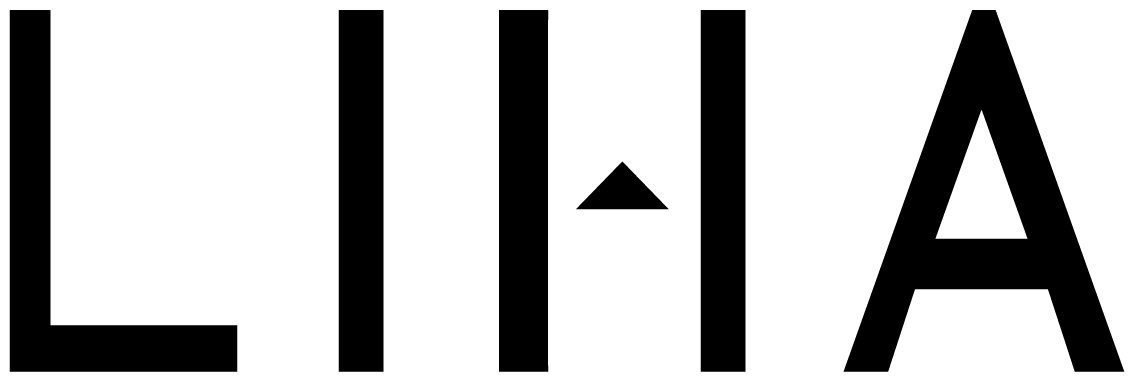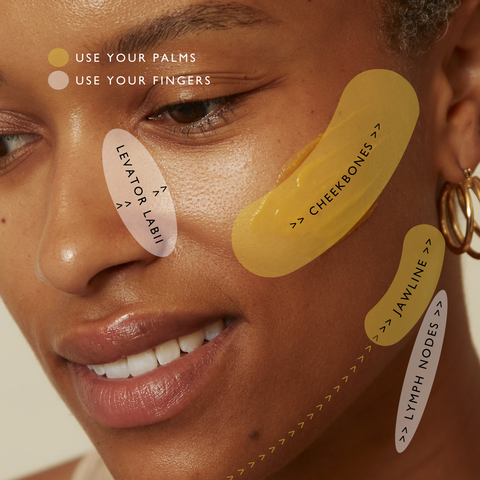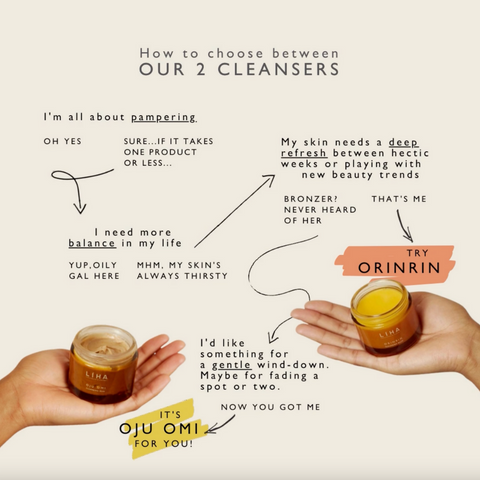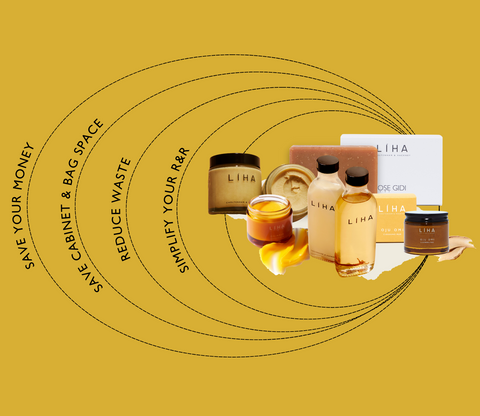Traditions from African massage have much to teach us about making sure the methods and tools we use in our daily face and skincare rituals truly imbue self-love.
Raw Shea and cocoa butter-scented massages are a staple in daily rituals for many West Africans, and throughout the continent. Babies are massaged by parents, siblings, cousins, aunties, uncles and grandparents from the day they are born.
It’s a ritual of checking in, of easing the start or end to a day – an important show of affection in cultures so rooted in skin-to-skin love languages. And of course there’s the added bonus of making sure no one in the family is out there with ashy knees.
For generations, the rhythms of digui massage have been used by groups from present-day Burkina Faso, Côte d’Ivoire, Ghana, Mali, Niger and Nigeria to mark major life transitions – like the passage from womb to world, or childhood to adulthood. Through long, enveloping and deep palm-based movements, this method kneads out aesthetic and emotional rejuvenation.
Though gentle touch is a key part of regular facial skincare, deep massage can be very useful. Our faces are made up of 42 muscles that are constantly working. Just like muscles in the rest of the body, they need help to reset too.
Digui is usually performed on the body, but its traditions and core “macro massage” techniques can be used on the face to improve mental and dermatological health. Mentally, each motion should relax you into following your body to true self-connection - to your inner child.
And physically, this method should promote overall skin health by relaxing tense muscles, adding glow, decreasing puffiness, and improving circulation in the lymph nodes (very small round bumps along our jawlines and neck that help fight impurities).
So, what can digui look like in your facial routines? Here are 3 simple basics of the practice and how they can be used to form a massage.
Start by considering accessories and tools.
The smooth tempo of digui relies on butters or oils for slip – usually raw shea butter, or a blend like the pairings of butters and oils in our gift sets.
But no need to stop there. Master digui masseurs recommend building sensual ambiance with music and scents, like the natural calming aromas of essential oils or our QUEEN IDIA African Moss Candle.
Rollers, stones and bars are welcome too, similar to how eucalyptus branches and red clay tools are used in other types of African massage. But really your palms will work just as well.
No matter which tools you use, make sure they’re clean and warmed up! For hands, this might involve doing some brief stretching.
Breathe.
Just like when you’re exercising or relaxing any other part of your body, breathing is important for facial movement too. Mindful breathing can ease you along to connecting with your thoughts.
If you’ve gone all out with setting the mood – breathe with the flow of your chosen music and scents.
And let your body guide you.
Digui is guided by the unique shape of an individual’s body. Focus should be on enhancing your natural self, and features, not fighting your body to “snap” or “iron” into unnatural shapes.
For the face, use slow upward and outward motions with the heels of your palms on guiding areas
like the forehead, temples, cheekbones, and your jaw starting from your chin. And to finish off, switch to using your fingertips on the area where your nose meets your cheek (the levator labii), and your thumbs on the area on your neck right below your jaw (lots of lymph nodes there!). Spend about 20 seconds or so on each spot.
 
|





Comments (0)
There are no comments for this article. Be the first one to leave a message!